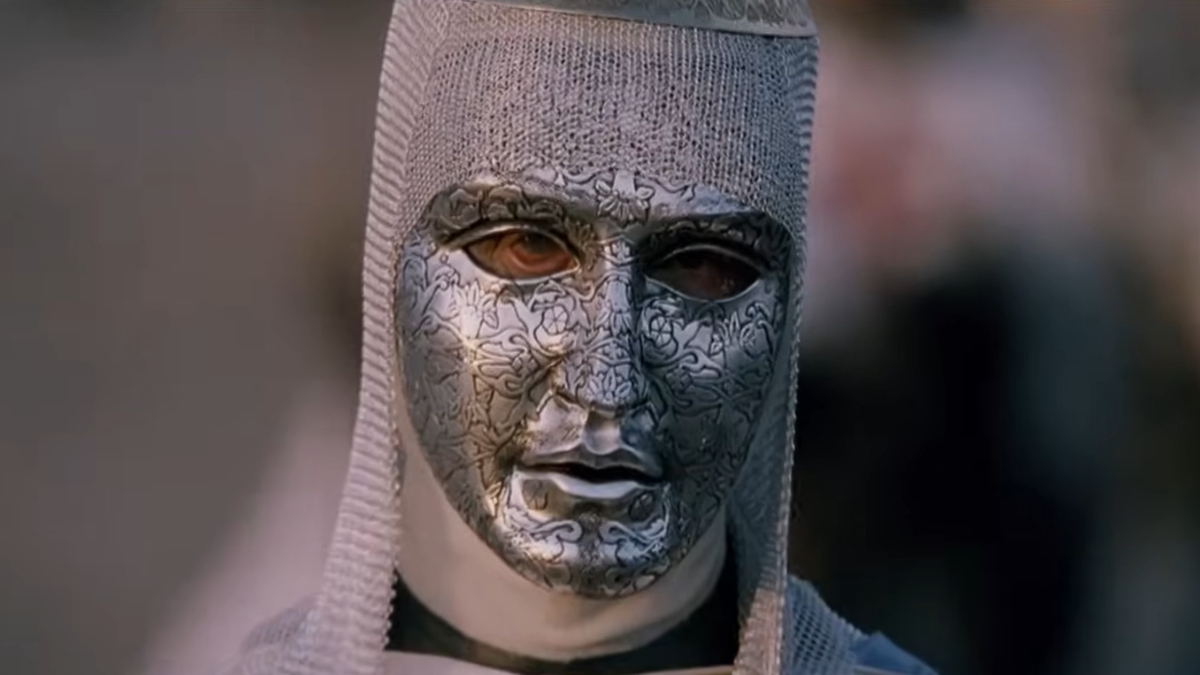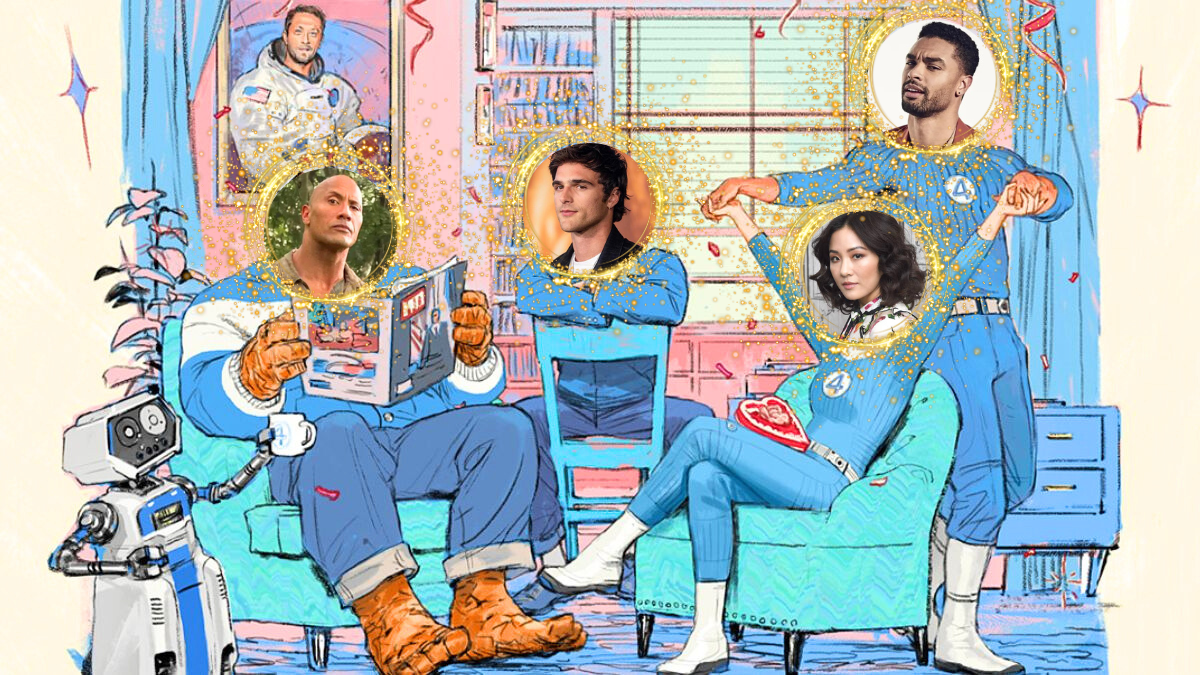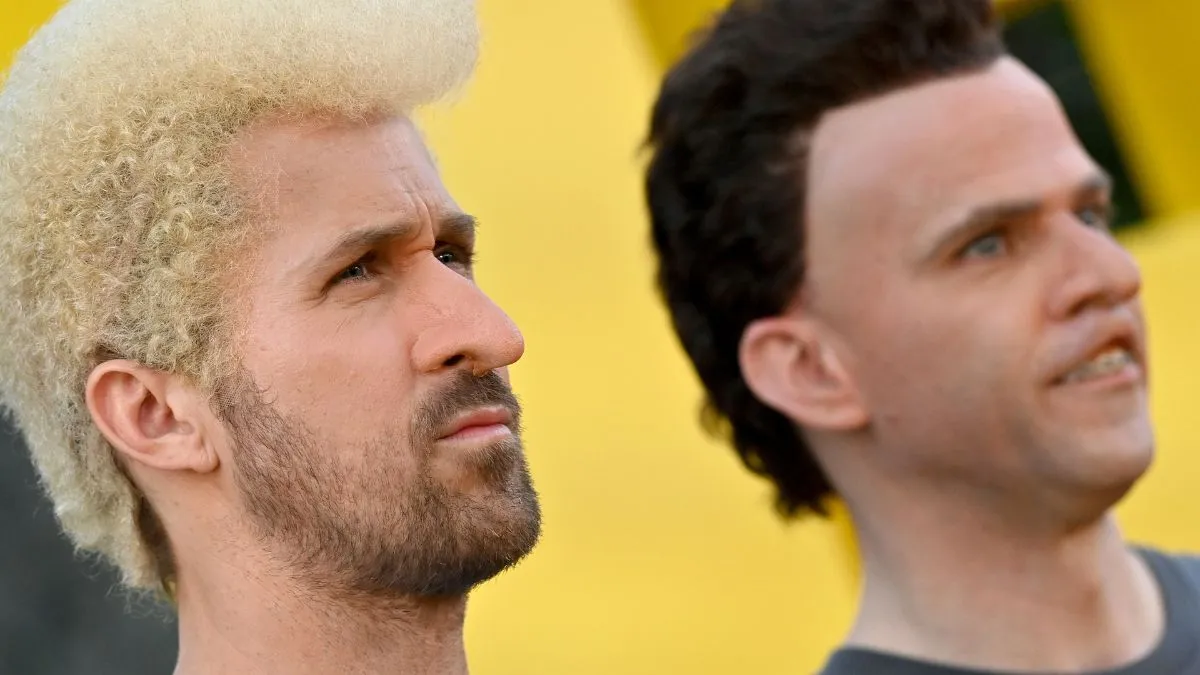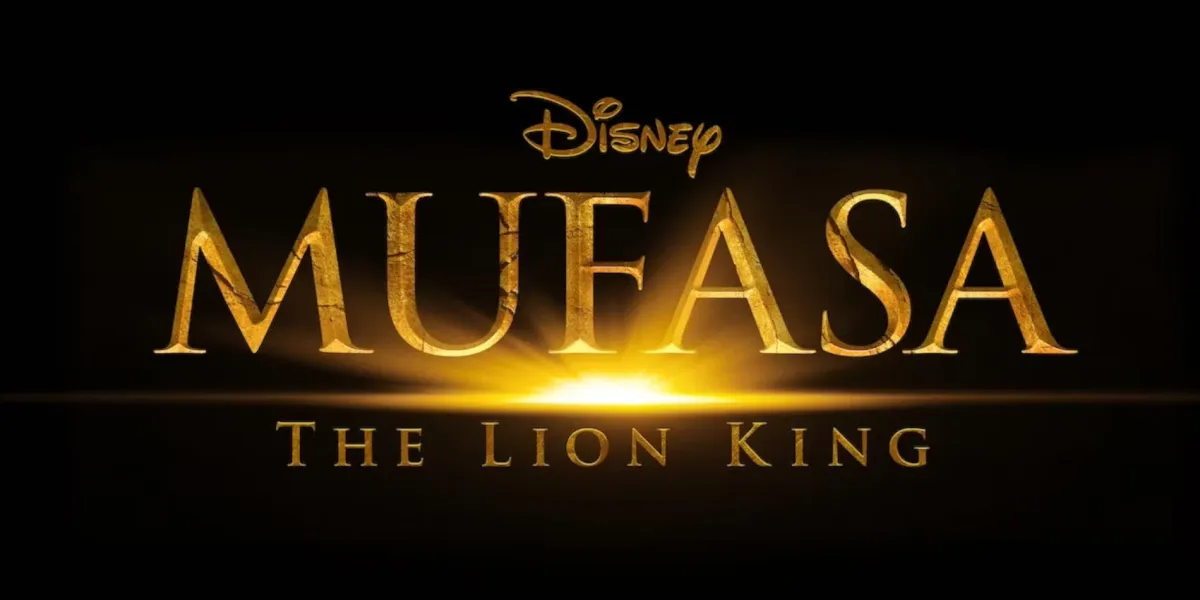It is undebatable that Greta Gerwig’s Barbie movie has become a pop culture sensation, with the acclaimed cinematic take on the iconic Mattel toy breaking box office records left and right. It is no surprise, given the praise from critics and audiences alike towards the film’s visuals, performances, and sense of humor.
One recurring joke throughout Barbie that has made waves on social media is the existence of discontinued Barbie dolls living in Barbieland. These dolls are somewhat isolated from the other Barbies and Kens in the world, with many of them living as social rejects in Weird Barbie’s house, hidden from plain sight.
The discontinued Barbies featured in the film are all genuine Barbies that were sold — and later scrapped — in real life. Many moviegoers who played with Barbies may remember these toys, while others may have mistaken their appearance in the film as just a clever joke. The list below will explain the lore behind the discontinued Barbies, and the controversies surrounding them that led to their dumping by Mattel.
Allan
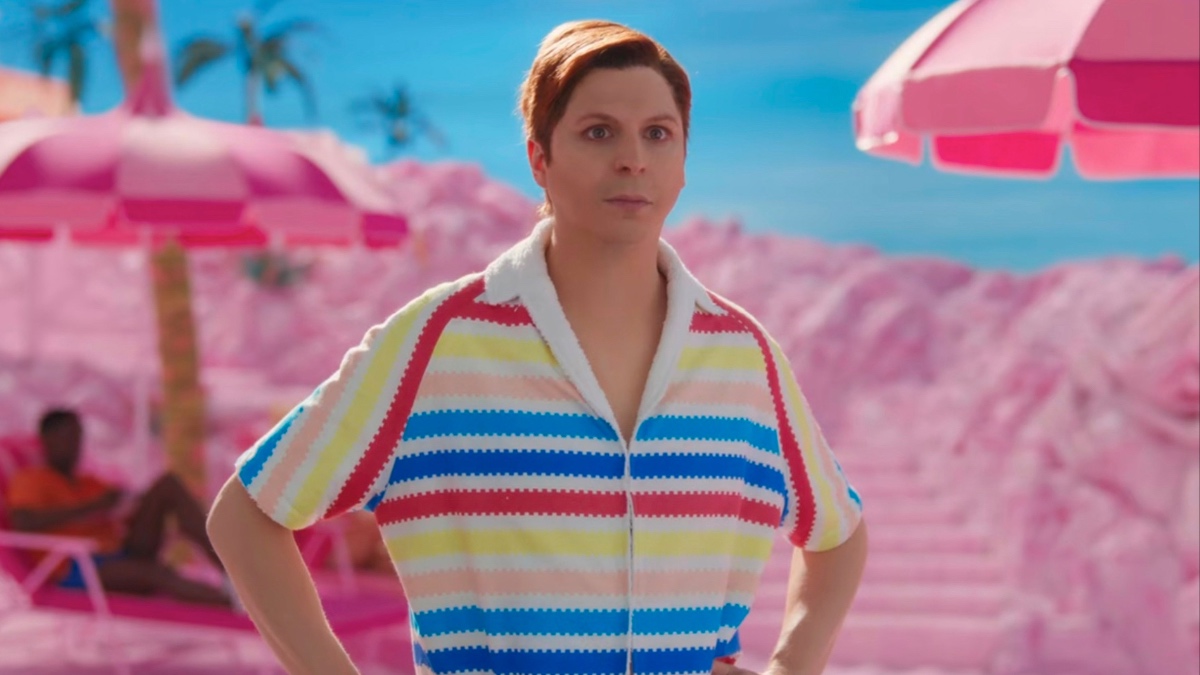
In Barbie, the narrator (voiced by Helen Mirren) states that “there are no multiples of Allan. He’s just Allan” — a statement that is somewhat true. Allan was an early expansion to the world of Barbie — first hitting the shelves in 1964, just three years after Ken in 1961. Allan’s selling point was that he was “Ken’s buddy,” and as the box states, “all Ken’s clothes fit him.” Allan never took off in terms of popularity in the same way that Ken did — but later Allan editions were sold, although very sporadically.
Allan was typically sold as a romantic interest of Midge, a friend of Barbie’s. After he was initially introduced in 1964, a new version Allan didn’t appear again until 1991, with Wedding Day Alan, featuring the tagline “he’s marrying Midge!” However, his name was changed to “Alan”, removing the extra letter L. His next appearance was in 2003 as part of the controversial Happy Family range that ended with Midge’s own discontinuation.
Growing Up Skipper
Skipper was introduced in 1964 as Barbie’s younger sister, typically around a prepubsecent age. Skipper was marketed as a child answer to Barbie, with similar style and interests, as Mattel disliked the implications of Barbie as a mother, having children of her own — a role that would later be delegated to Midge.
In 1975, Mattel introduced Growing Up Skipper, a doll that would take Skipper through puberty from childhood to teendom. The toy came with two sets of dresses to reflect a more mature Skipper, and rotating the doll’s arm would make her an inch taller. Its most controversial feature, however, is the inflation of Skipper’s breasts as the doll grew. Parents and consumers perceived this as sexualising Skipper, and the concept was later dropped.
Video Girl Barbie
Released in 2010, Mattel attempted to modernize Barbie in the digital age with Video Girl Barbie. The doll’s main feature is that it had a hidden camera on its necklace that allowed kids to record their playtime for up to 30 mins. The Barbie had a TV screen on its back to watch the recordings back.
Video Girl Barbie wasn’t hugely popular with the public — most notably recieving criticism from the FBI. Although no incidents had been reported, the FBI issued a warning over privacy breaches that could occur using the hidden camera. Most shockingly of all, the institution warned that the camera could be used by predators to record child abuse, and Mattel never re-introduced the concept again.
Midge
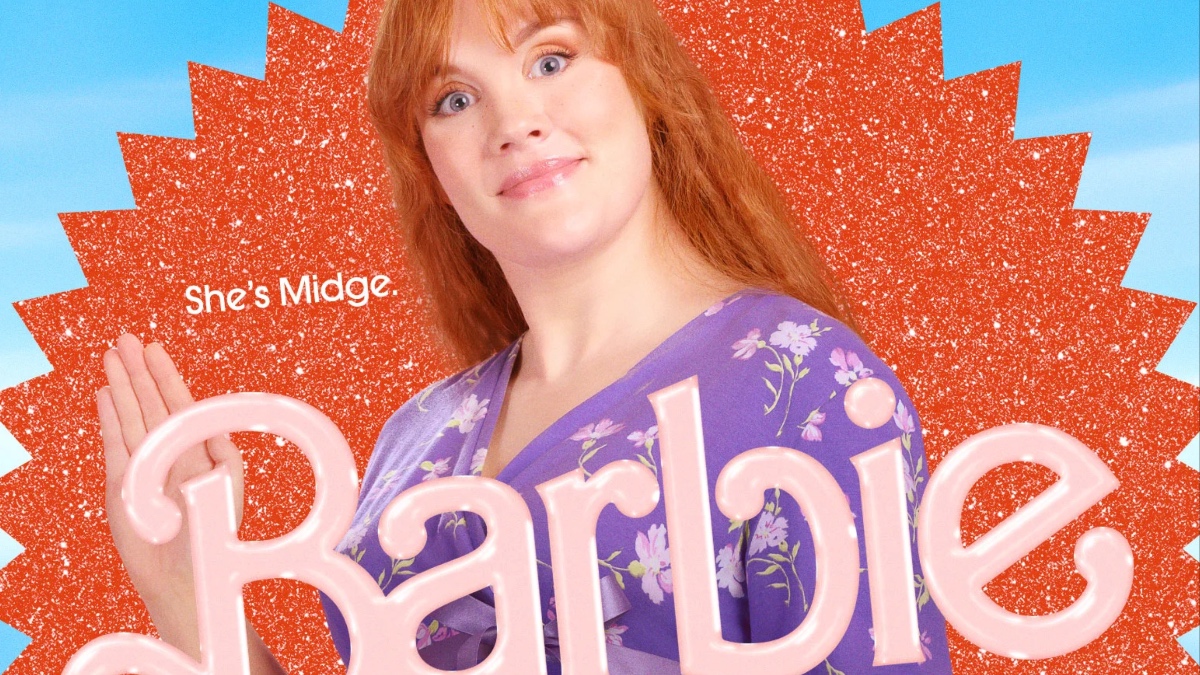
Midge was introduced in 1963 alongside Skipper, marketed as a sort of adult gal pal for Barbie to go on adventures with. Midge’s typically red hair and softer features, notably her more demure makeup and fashion sense, was a response to parents’ concerns that Barbie was too “grown up” for their audience of young girls.
Despite its parental appeal, Midge never caught the imagination of children the same way Barbie did. The doll disappeared for decades, until her re-introduction alongside Allan in 1991 for the Wedding Day set. The toy was well recieved, and her image of being a more family-oriented doll continued once more until controversy struck in the early 2000s.
In 2003, Mattel released the “Happy Family” line of Barbie dolls. Midge’s doll embodied what Mattel never dared to represent with Barbie — as visibly pregnant, and later a mother. The doll sparked fury from many consumers due to its maternity-related features — a detachable magnetic womb with a baby inside, accompanied with a crib station for a sort of post-childbirth play.
Many parents felt that Happy Family Midge sexualized Barbie as a concept, and promoted pregnancy to young girls. This was worsened by the fact that husband Allan was sold separately and Midge initially did not come with a wedding ring, leading to accusations of glamorizing single motherhood. As the narrator states in Barbie, a Barbie with the ability to get pregnant was just too weird for most consumers.
Midge did not appear as a doll after the controversy of the Happy Family line. She appeared in the Barbie TV series Life in the Dreamhouse with an entirely new personality and image. Midge was aged down into a teenager so she had no children, and poor Allan was wiped from existence altogether.
Earring Magic Ken
Earring Magic Ken was Mattel’s attempt at modernizing Ken for a new generation of consumers, as his popularity had dwindled in recent years. The doll was made in response to a poll of young girls who thought Ken wasn’t “cool” enough to Barbie’s boyfriend. Earring Magic Ken, released in 1993, was dressed in more modern ’90s fashion trends in an attempt to capture some coolness.
Many adult gay men had noticed that Earring Magic Ken dressed similarly to those in the LGBTQ+ community, notably in the underground gay rave scene that influenced fashion designers. Notably, Ken’s piercing on the right ear was commonly referred to in the community as the “gay ear” — a nod to its wearer’s homosexuality. The ring necklace worn by Ken was also viewed as an innuendo that was also frequently worn on the ’90s gay scene.
This led to the doll being bought in record numbers by gay men, who appreciated the accidental appeal to the community, as well as kitsch style in its attempt to modernize Ken. Despite its popularity, Mattel did not encourage this association, and ultimately pulled the doll from shelves.
Sugar Daddy Ken
Sugar Daddy Ken was released in 2009, featuring a rather distinguished-looking Ken and his West Highland Terrier. Ken, with greying hair and a bespoke green blazer, looked more mature than previous Kens, and was paired with an tiny white puppy named Sugar.
Mattel innocently thought that the phrase “sugar daddy” in popular culture was simply the lollipop treat that had been sold for over 80 years at this point. Quickly after its introduction, the company found out that “sugar daddy,” to many people, meant an older wealthy man that gave his fortunes to a younger sexual partner. Ken’s suave new look certainly didn’t help with this unwanted association.


